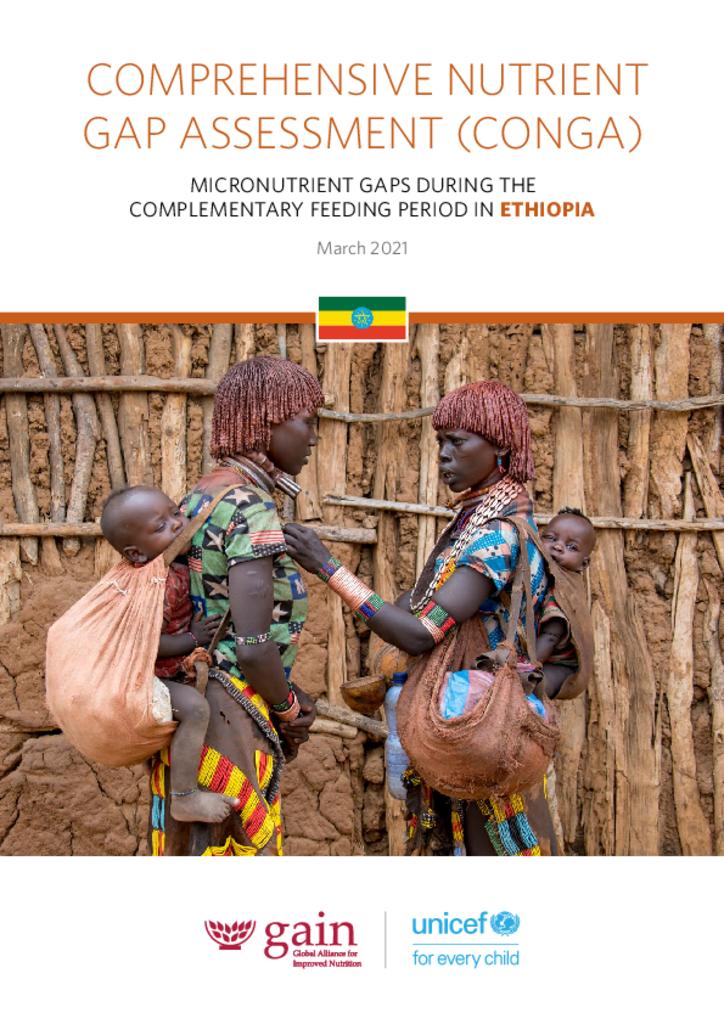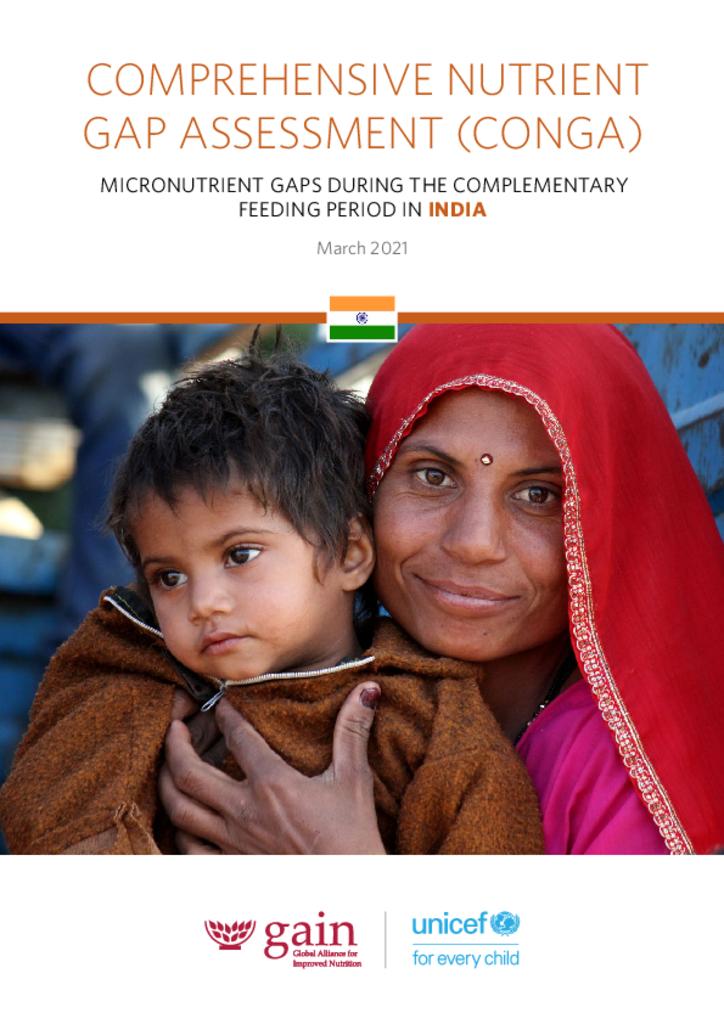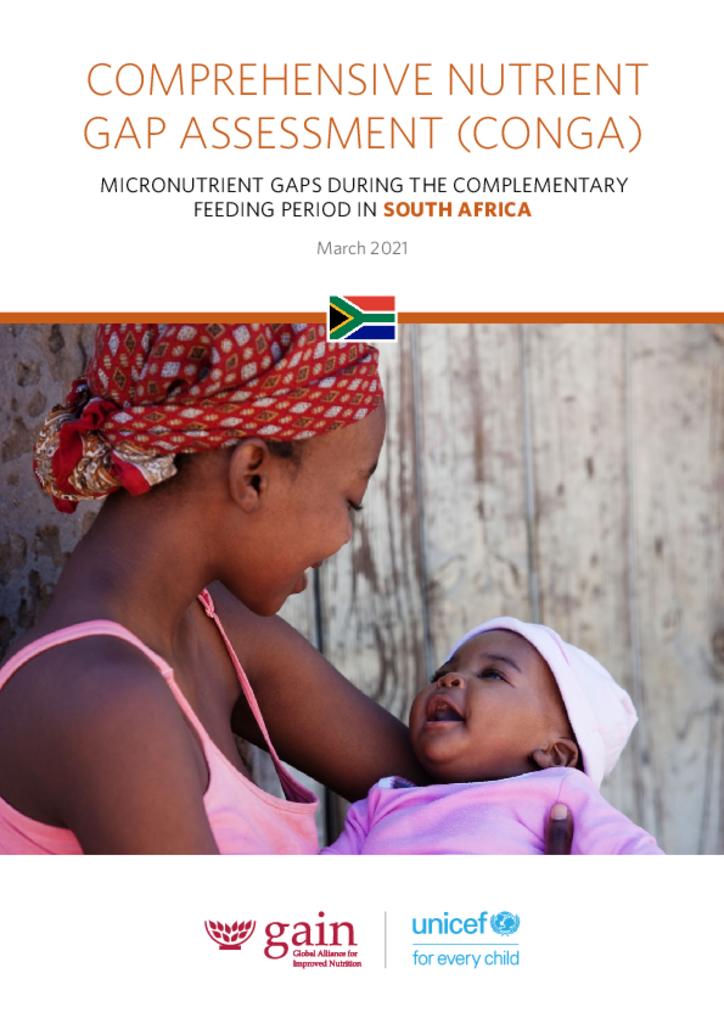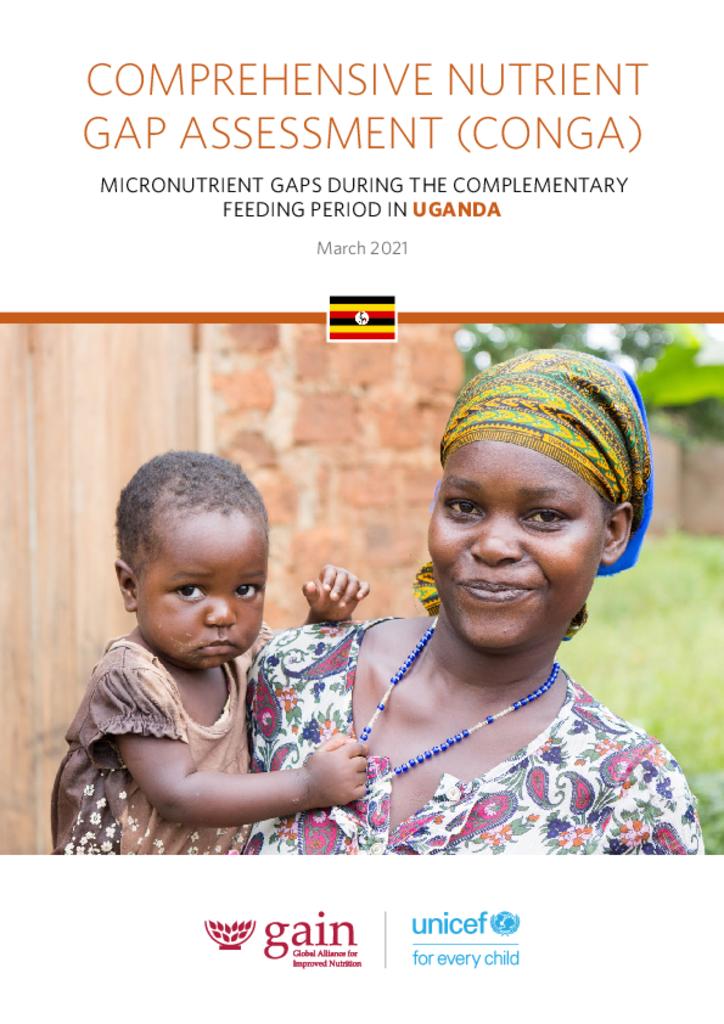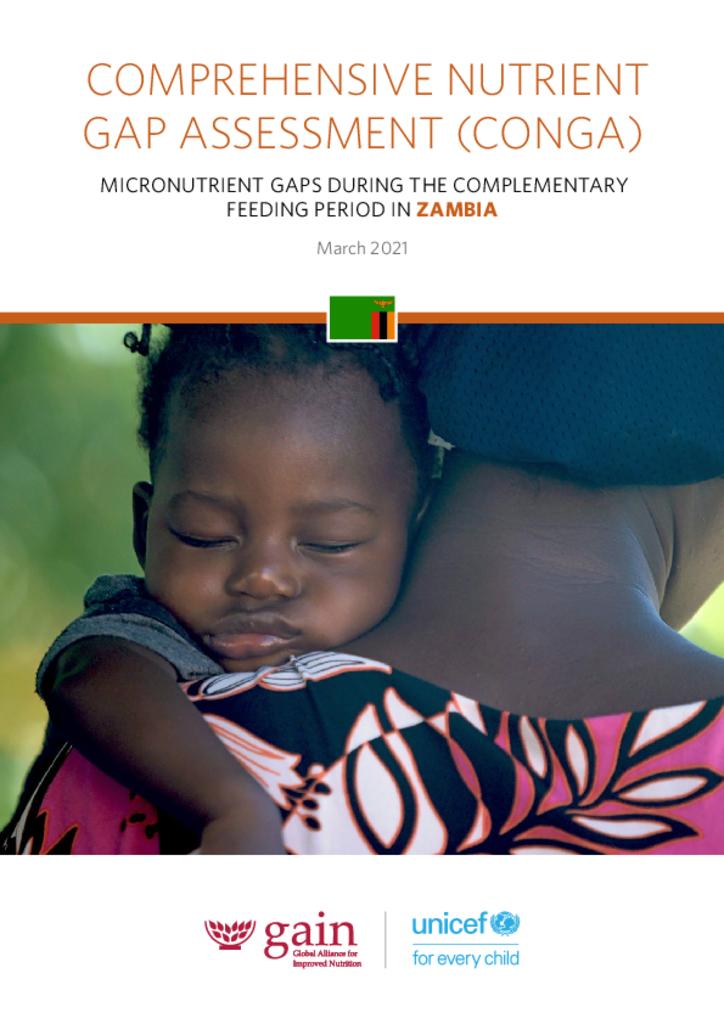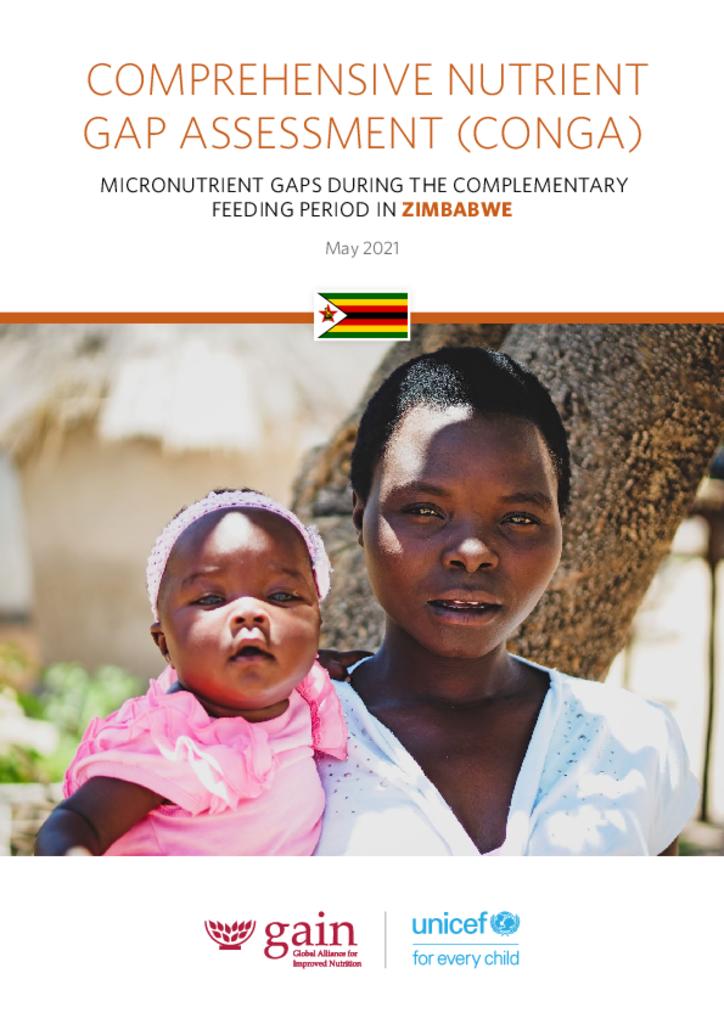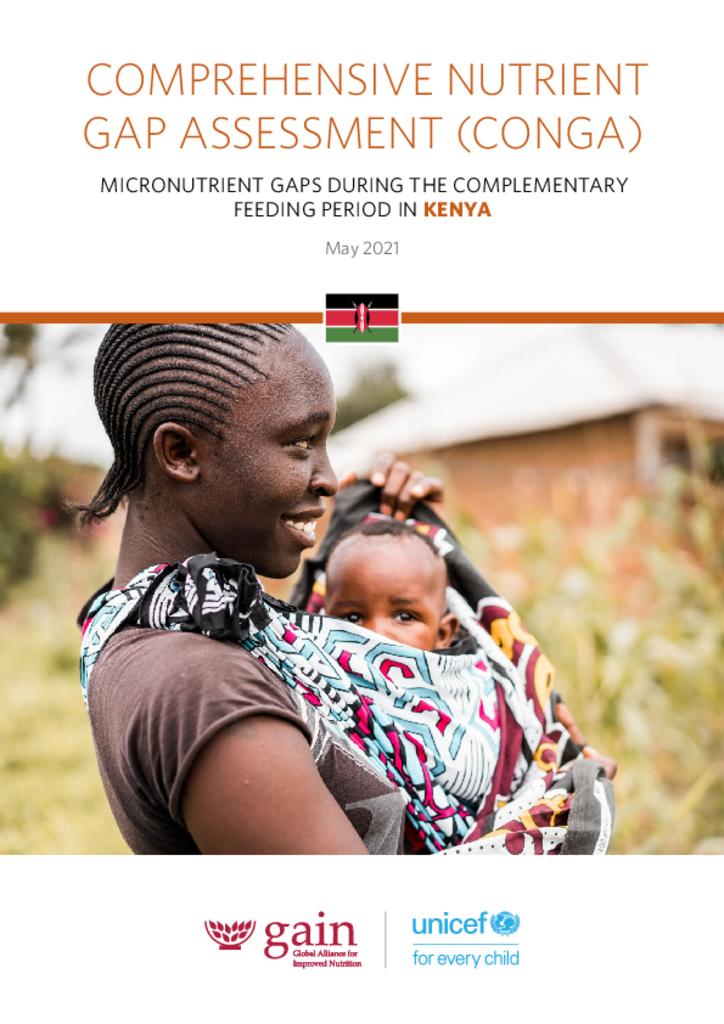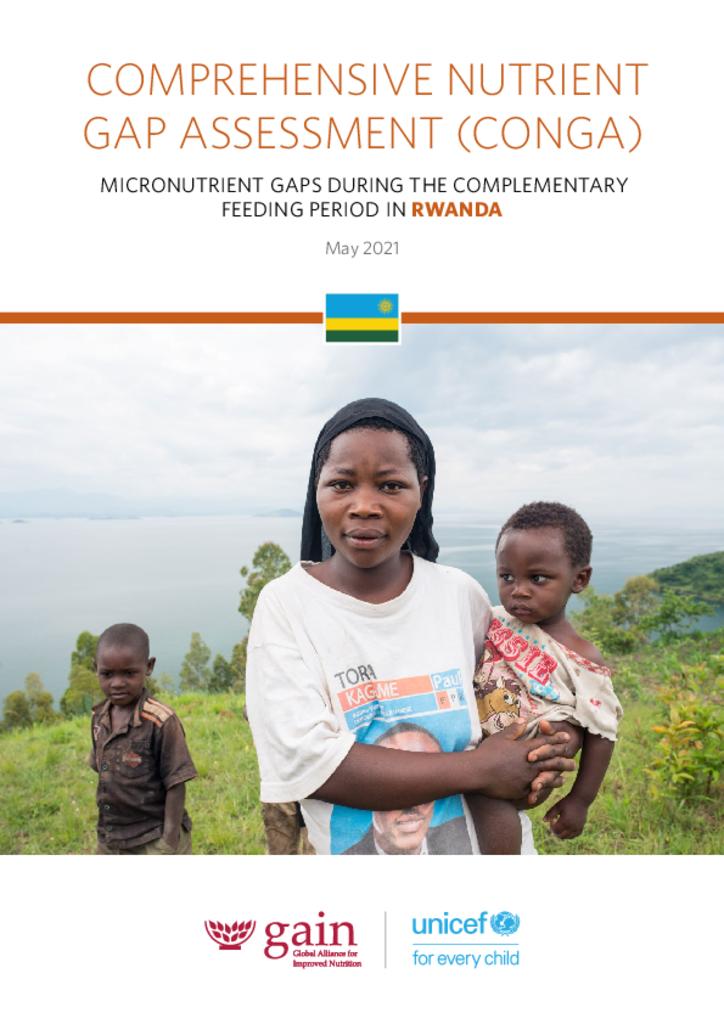These briefs are part of a series on complementary feeding gaps by GAIN and UNICEF conducted in selected countries in Eastern and Southern Africa and South Asia as part of the UNICEF-BMGF Regional Initiatives for Sustained Improvements in Nutrition and Growth (RISING).
Inadequate quantity and quality of foods between 6 and 23 months of age - known as the complementary feeding period, when breast milk alone is no longer sufficient to meet the nutritional needs of infants and young children - are key causes of all forms of malnutrition, including micronutrient deficiencies, and have immediate and long-term consequences. Improving young children’s diets can help prevent all forms of malnutrition, including micronutrient deficiencies, and is an important component of efforts to achieve the global nutrition targets of the World Health Assembly and the Sustainable Development Goals.
Insight into specific problematic nutrients, along with the foods and feeding practices that can address those problems, is essential to inform policies and programmes designed to improve child health and nutrition. Evidence indicative of the burden of nutrient deficiencies or nutrient intakes is frequently available yet often underused or misinterpreted in decision-making and programme design, in part because relevant evidence often comes from disparate data sources of varying quality, representativeness, and recency. In many countries, available evidence has not been synthesized to produce a clear and comprehensive picture of the magnitude and significance of micronutrient gaps. As a result, policies and programmes designed to improve young children’s diets often omit specific reference to micronutrient gaps.
A method called Comprehensive Nutrient Gap Assessment (CONGA) was developed to fill this information gap. This approach provides guidance on how to use various types of evidence to assess the public health significance of nutrient gaps in a given population and the best food sources of those nutrients. This briefing series summarizes the results of CONGAs of the complementary feeding period in multiple countries in Eastern and Southern Africa and South Asia. The most common micronutrient gaps in the two regions are in iron, vitamin A, zinc, folate, vitamin B12, and calcium. The best food sources of these nutrients are liver, small fish, beef or goat, eggs, and dark green leafy vegetables.

